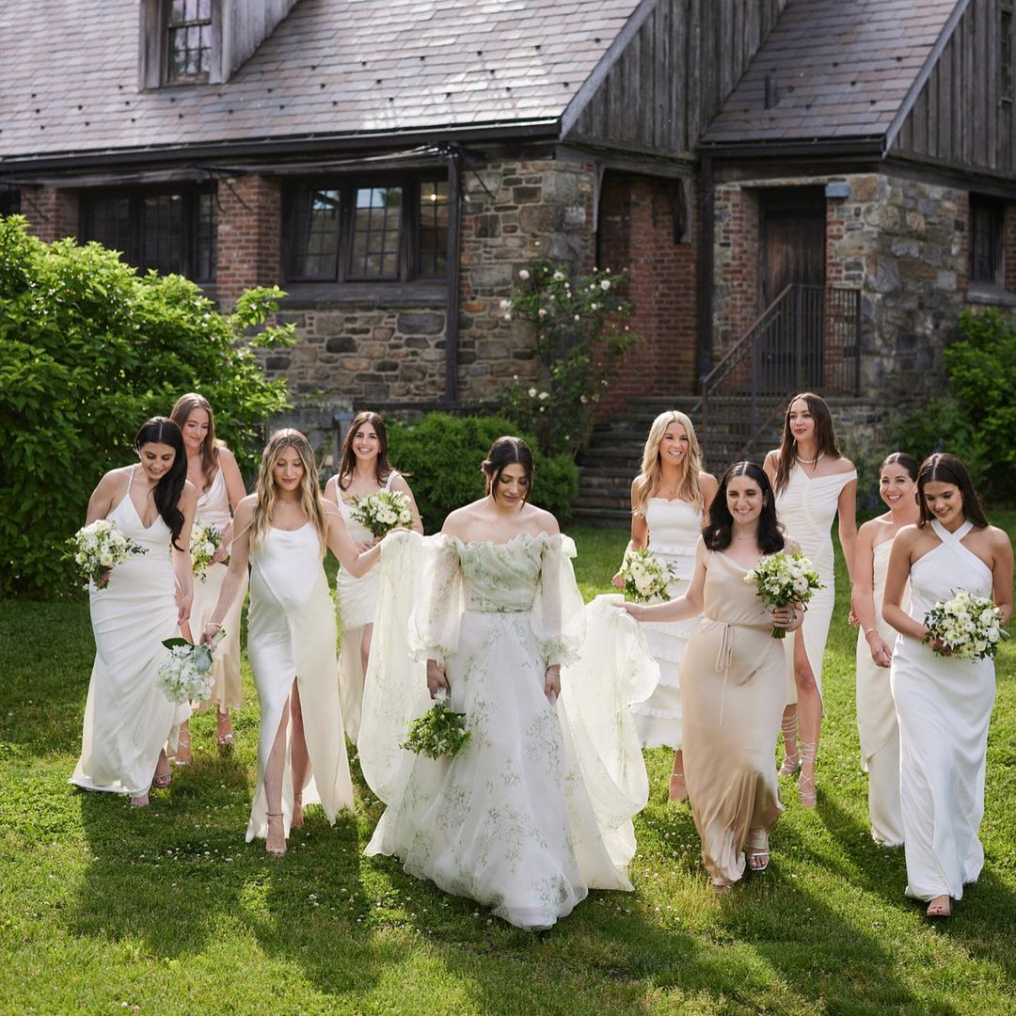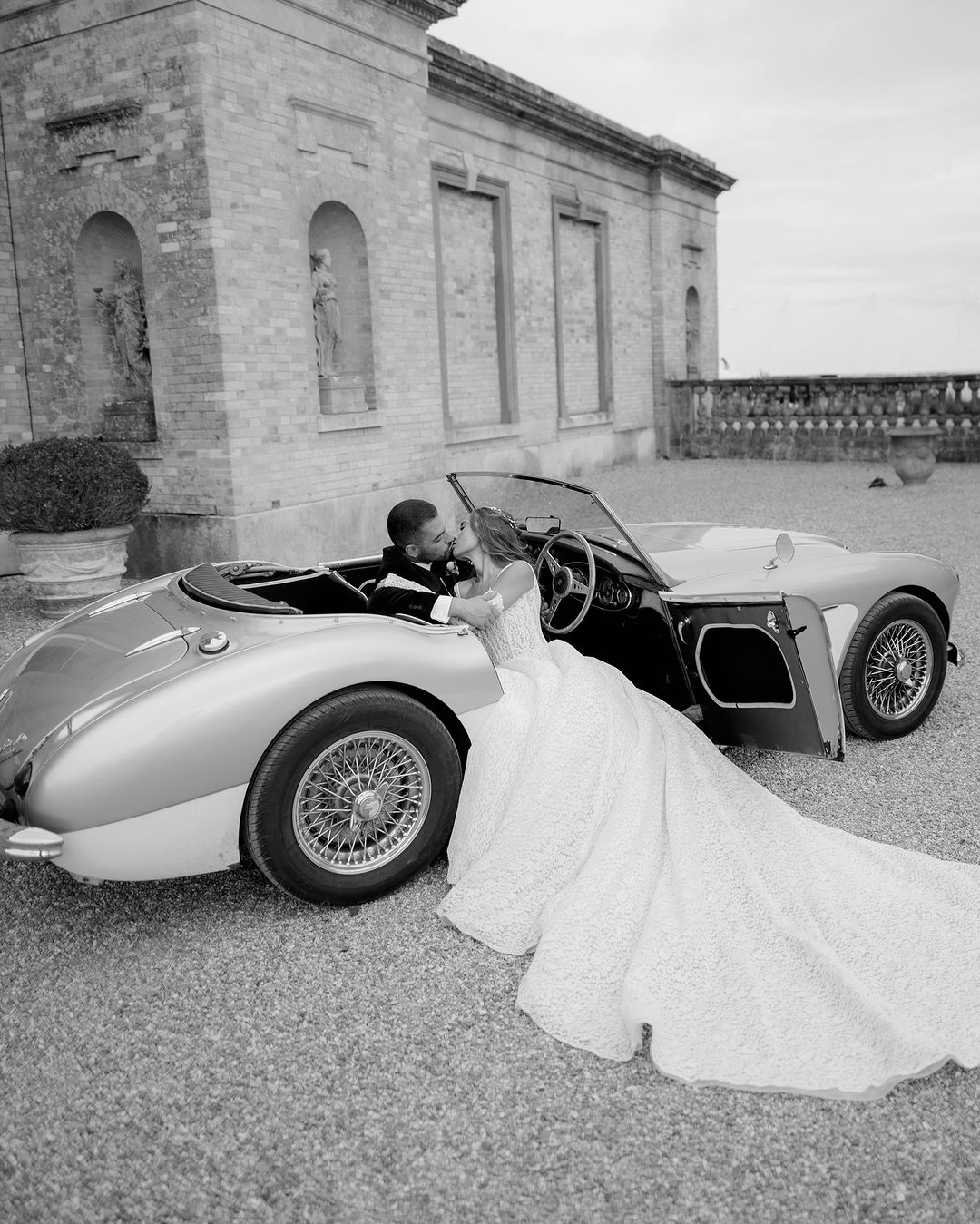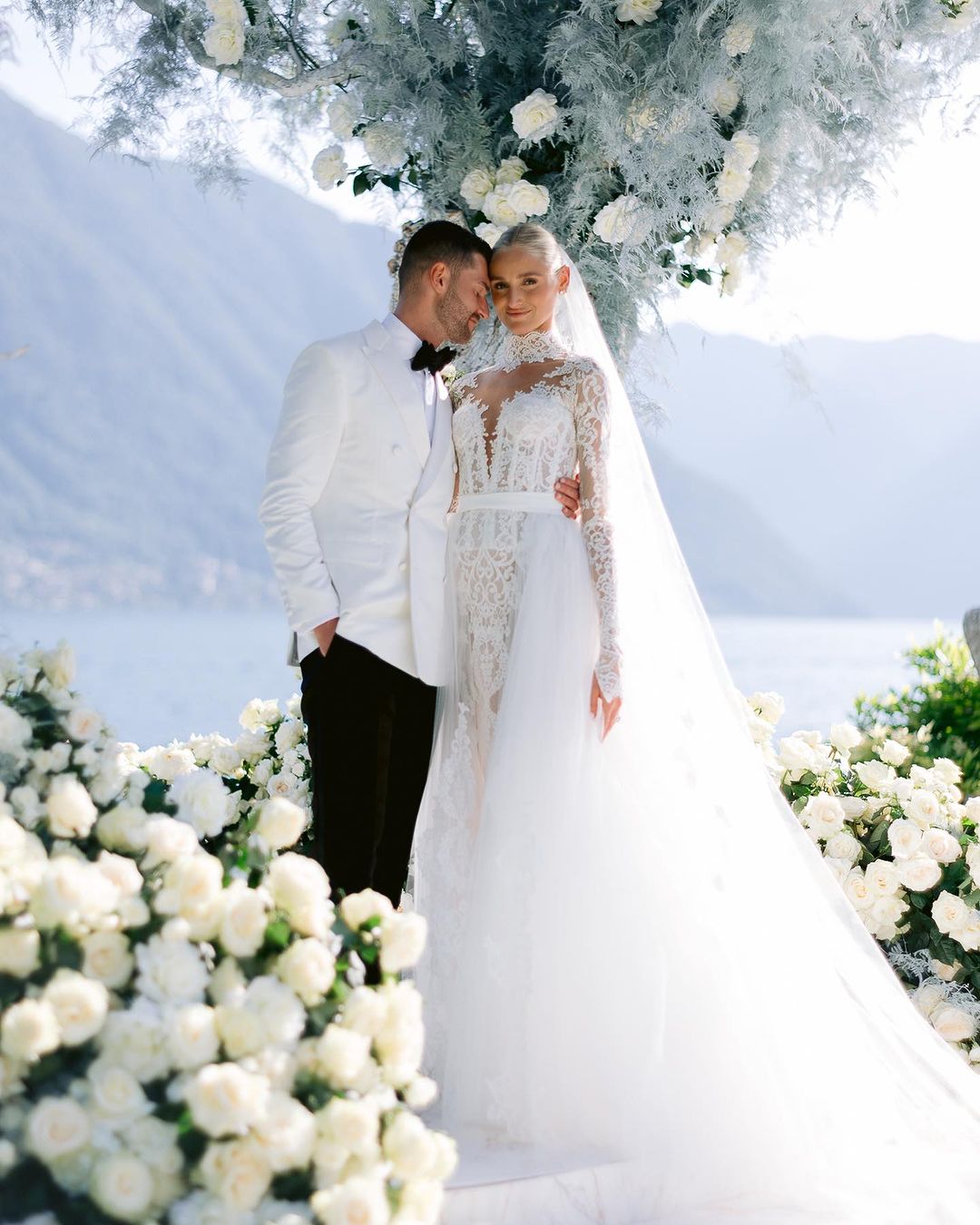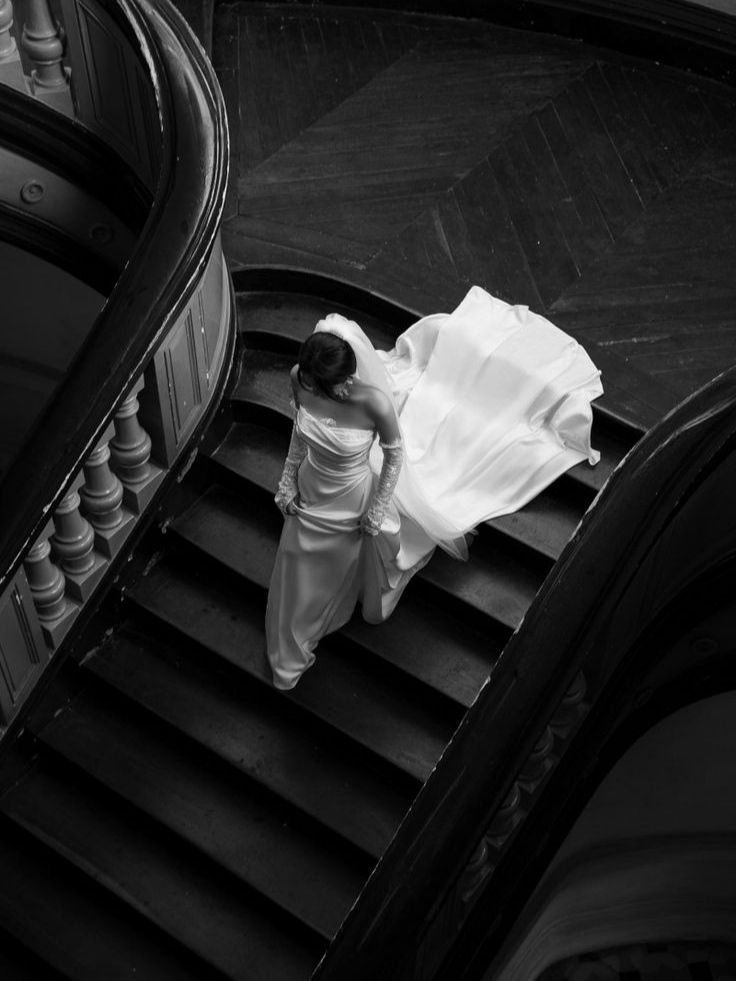What You Should Know About The Wedding Ceremony Order
- Author: Natali Grace Levine
- Reading time: 8 min 0 sec
- Publication date: 12/18/2023
- Updated: 06/26/2025
Understanding the order of a wedding ceremony is akin to orchestrating a beautiful symphony. Each part plays a crucial role in ensuring a smooth and memorable experience. Adhering to a well-crafted timeline ensures that every precious moment is cherished and every tradition respected. In this guide, we explore the nuances of wedding ceremony orders, offering insights into different traditions and providing answers to common questions. Our goal is to help you craft a ceremony that reflects the uniqueness of your love story!

Traditional Wedding Ceremony Outline
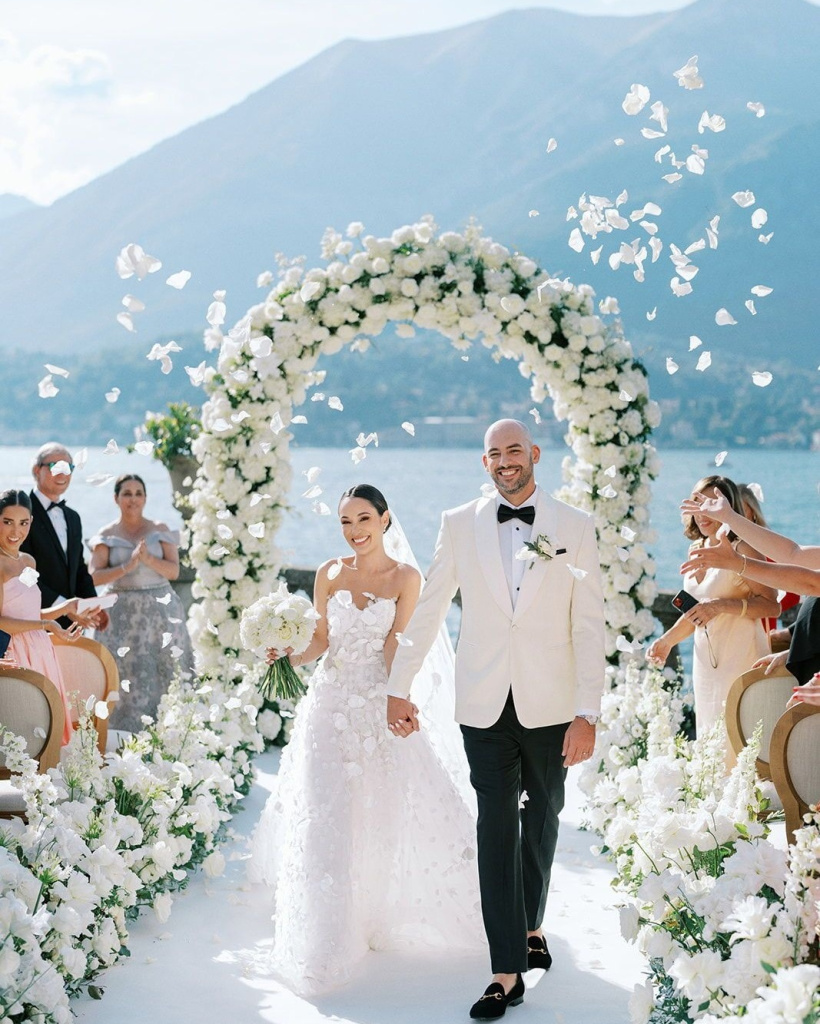
In a traditional wedding ceremony, each element holds deep significance, coming together to tell a story that is as timeless as it is heartfelt. Let's delve into each component more closely.
Processional
The processional marks the start of the ceremony, filled with anticipation and emotion. It typically begins with the parents, setting the stage for the entry of the groom, best man, and groomsmen. The entrance of the bridesmaids, maid of honor, and finally, the bride, often accompanied by music, is a poignant moment.
Welcome and Opening Remarks
Here, the officiant sets the tone with words that reflect the couple's beliefs and the sanctity of marriage. This segment might include a brief history of the couple’s relationship, emphasizing the importance of the commitment they are about to make. It's a blend of solemnity and celebration, lasting about 5-7 minutes.
Readings
Readings are a way to personalize the ceremony. Friends or family members may read passages, poems, religious texts, or even letters written by the couple. This part adds depth to the ceremony, giving insight into the couple's values and love story. Each reading typically lasts 2-5 minutes.
Musical Interlude or Solo
Sometimes, a musical piece is performed here. It serves as a reflective moment for the couple and the guests, creating a break in the ceremony to absorb the significance of the occasion.
Exchange of Vows
Perhaps the most awaited part, the exchange of vows is deeply personal. Couples may choose traditional vows or write their own. This heart-to-heart declaration of love and commitment is the centerpiece of the ceremony, lasting anywhere from 5 to 15 minutes.
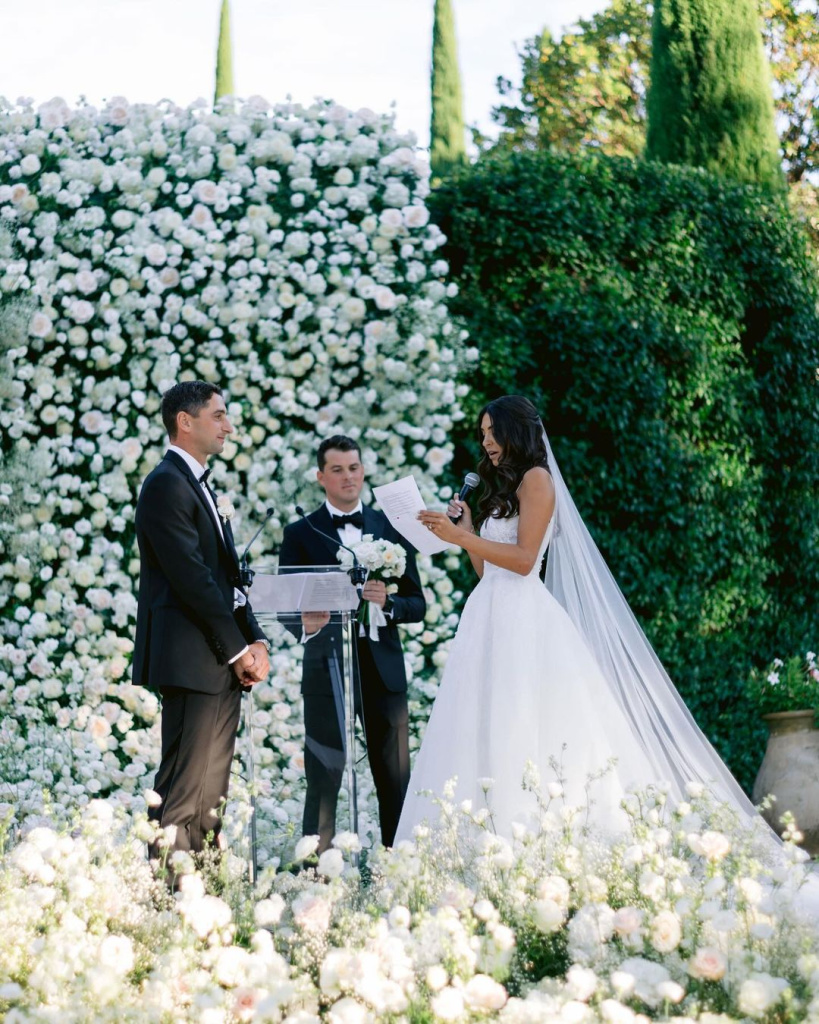
Ring Exchange
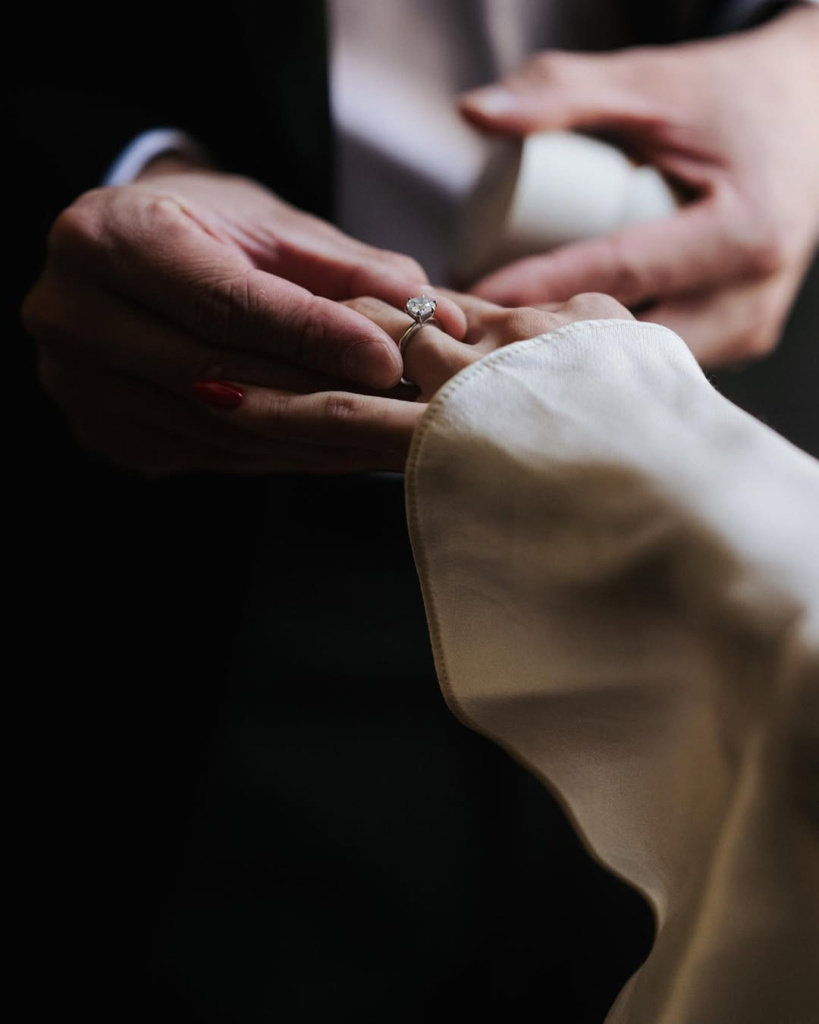
Accompanied by a few meaningful words from the officiant, the couple exchanges rings. This symbolizes the tangible and unbroken circle of love. This part is usually brief but laden with symbolism.
Unity Ceremony
Some couples include a unity ceremony, such as lighting a unity candle or combining different-colored sands into one container. This visual representation of two lives becoming one is a poignant addition, lasting about 5 minutes.
Pronouncement of Marriage
The officiant declares the couple officially married. This proclamation is often met with cheers and signifies the legal and spiritual binding of the couple.
The Kiss
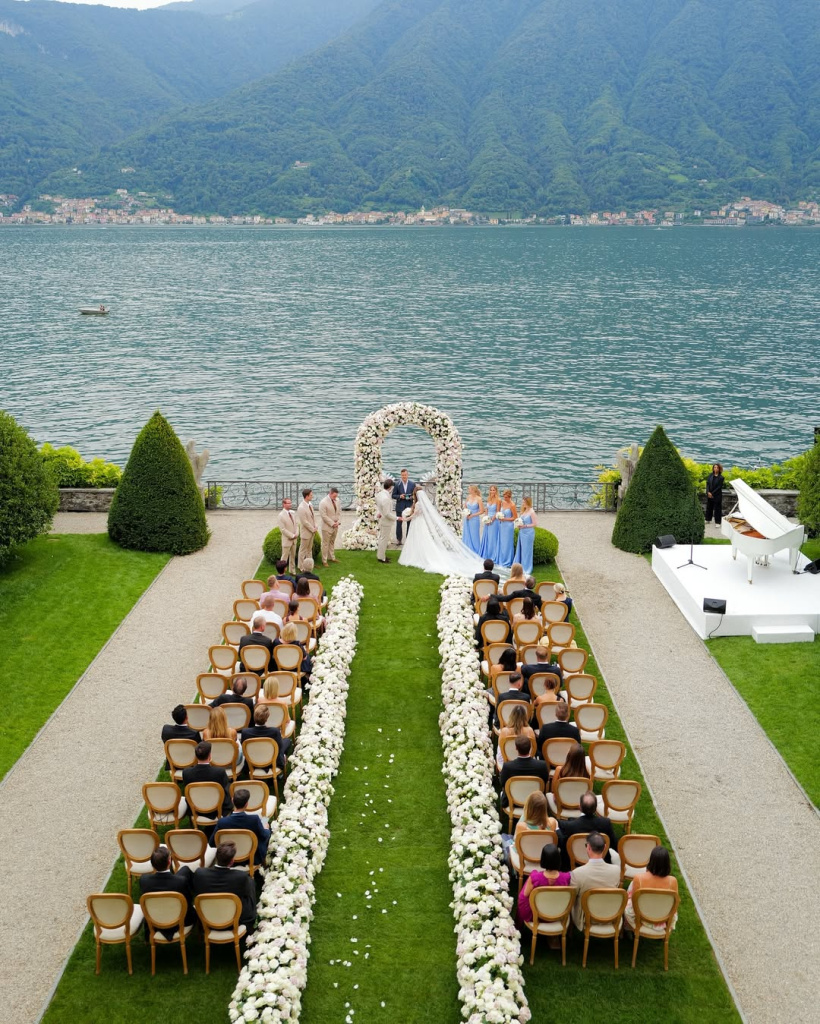
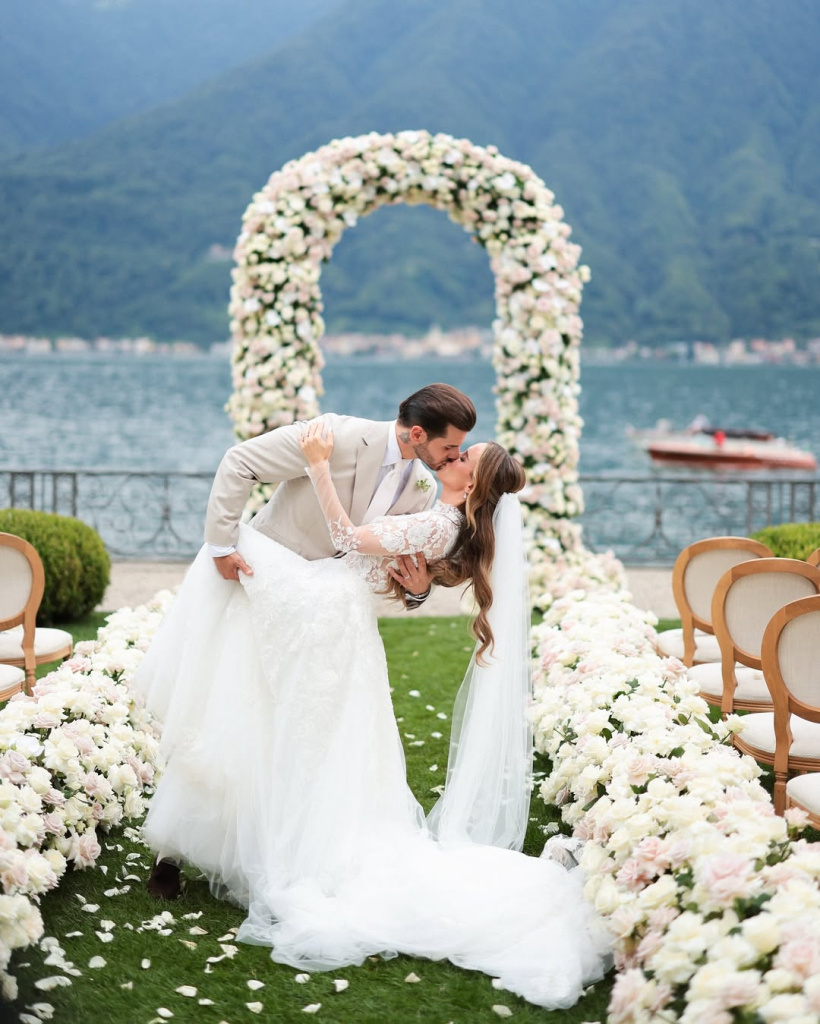
A celebratory moment, the kiss symbolizes the couple's first act as a married pair. While brief, it's a highlight for both the couple and the guests.
Recessional
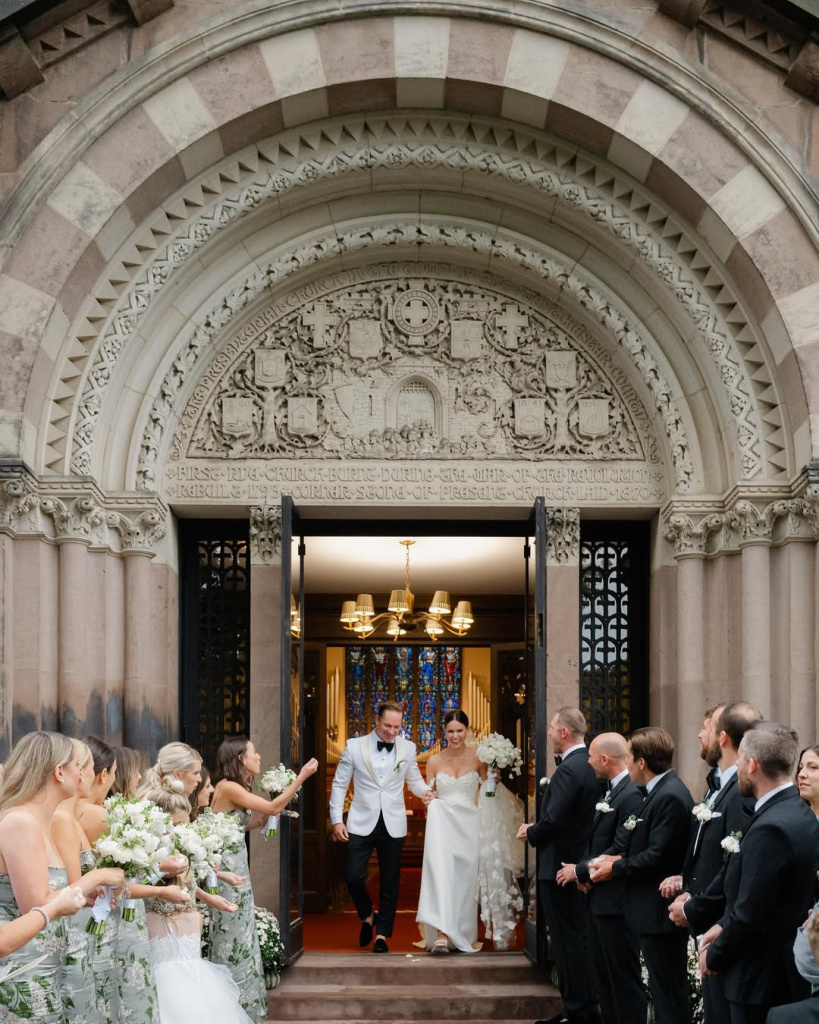
The newlyweds lead the recessional, followed by the wedding party. This joyful exit signals the end of the ceremony and the start of the festivities. As the official part of the day gives way to celebration, it's a moment of joy and relief.
In a traditional wedding ceremony, each of these elements plays a vital role. Together, they form a narrative that honors love, commitment, and the joining of two lives. While the order and specifics may vary, the essence remains the same: celebrating the union of two people in the presence of their loved ones.
Different Wedding Ceremony Timelines
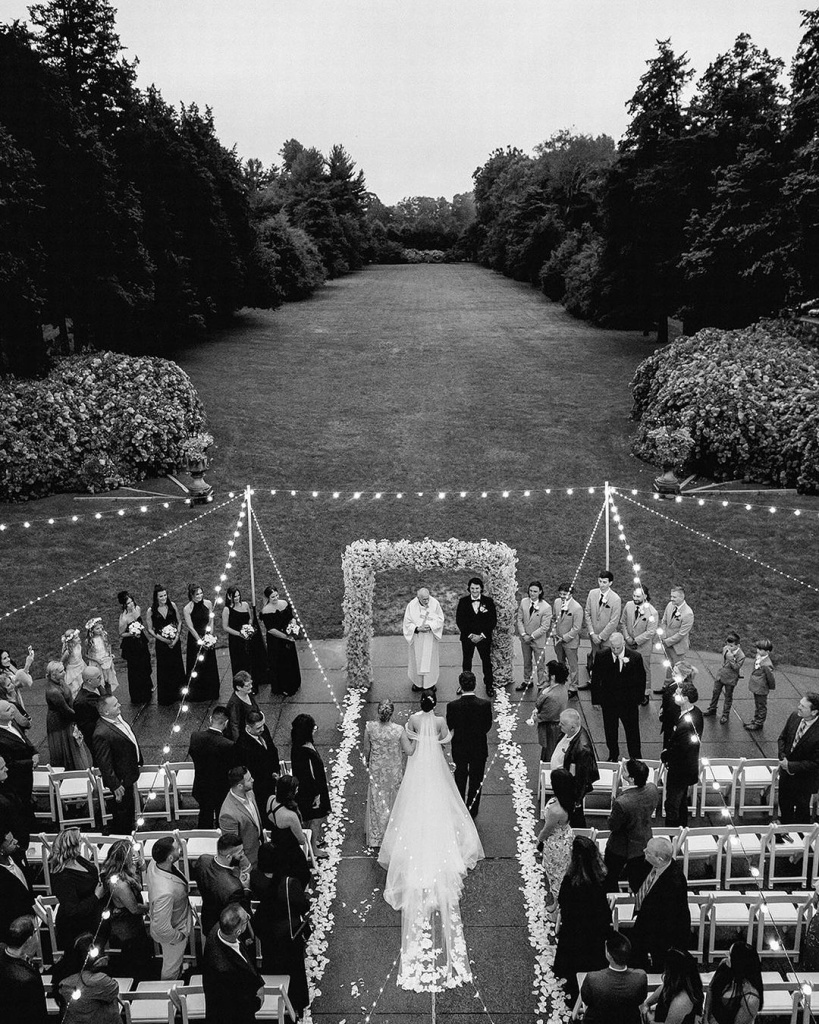
Understanding how do weddings work across various cultures enhances our appreciation of these beautiful events. From the solemn and sacred moments of a Christian wedding to the vibrant and elaborate rituals of a Hindu ceremony, these traditions not only celebrate the union of two individuals but also honor their cultural heritage.
Christian Wedding Ceremony Order
A Christian wedding ceremony often commences with a prelude, where soft music creates a serene ambiance as guests arrive. This leads into the processional, beginning with the groom, best man, and groomsmen, followed by the bridesmaids, and maid of honor, and culminating with the bride's grand entrance. The officiant then welcomes everyone, often incorporating a prayer or blessing to set a spiritual tone.
The ritual is then followed with Bible passages that have been chosen for their significance to love, marriage, and mutual respect. Following that, the officiant gives a speech or homily, diving into the profound importance of the couple's faith and the marriage vows. This leads to the pivotal moment of the exchange of vows, where the couple publicly declares their commitment, either through traditional wording or customized vows.
The ring exchange follows, a symbolic act representing eternal love and commitment. Some couples choose to include a unity ceremony, such as lighting a unity candle, to visually represent the merging of their lives. The ceremony reaches its crescendo with the officiant pronouncing the couple as married, often accompanied by another prayer or blessing. The ceremony concludes with the recessional, signifying the beginning of the couple’s journey together.
Jewish Order of a Wedding Ceremony
In a Jewish wedding, the ceremony begins with the signing of the Ketubah, a significant marriage contract, in the presence of close family and friends. The main ceremony then takes place under a Chuppah, symbolizing the couple's future home. A poignant moment occurs when the bride circles the groom seven times, an act symbolizing the formation of a protective wall around their relationship.
Central to the ceremony are the Sheva Brachot or Seven Blessings, recited over a cup of wine, encompassing themes of joy, prosperity, and the sanctity of marriage. The ring exchange, performed with a plain band, signifies an unbroken and eternal union. One of the most iconic moments is the breaking of the glass by the groom, a tradition symbolizing both the destruction of the Temple in Jerusalem and the fragility of human relationships. The ceremony concludes with a joyful celebration, frequently featuring traditional music and dance, to demonstrate the community's support for the union.
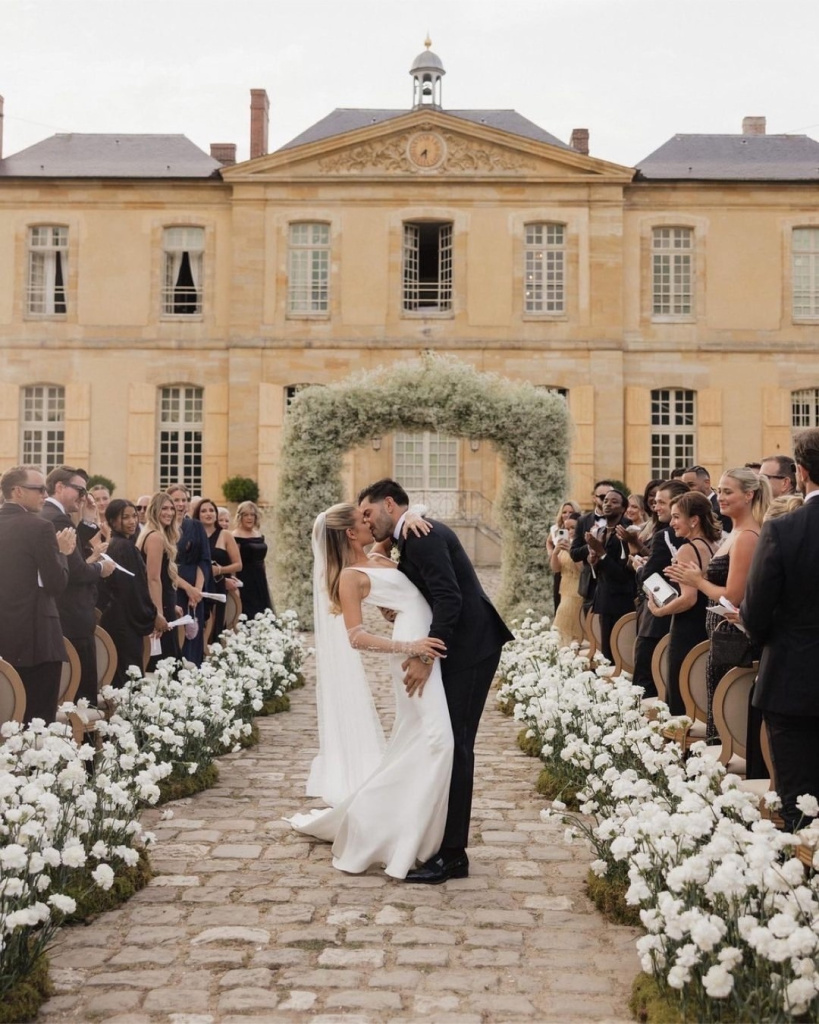
Traditional Muslim Wedding Ceremony Order
The Muslim wedding ceremony, or Nikah, is marked by its solemnity and significance. It begins with a sermon by the Imam, emphasizing the sacredness of marriage in Islam. The couple then publicly consents to the marriage (Ijab-e-Qubul), a vital component ensuring their willing participation in the union. The Nikahnama, the marriage contract, is read aloud, delineating the rights and responsibilities within the marriage.
A key element is the Mehr, a mandatory gift from the groom to the bride, symbolizing security and freedom. The signing of the Nikahnama by the couple and witnesses legally formalizes the marriage. The ceremony often includes recitation from the Quran, focusing on themes of love, mercy, and mutual respect, followed by a communal meal, symbolizing unity. The ceremony concludes with a Dua, a prayer for the couple's happiness and prosperity, and is often followed by cultural celebrations like the Walima, a reception celebrating the union with family and friends.
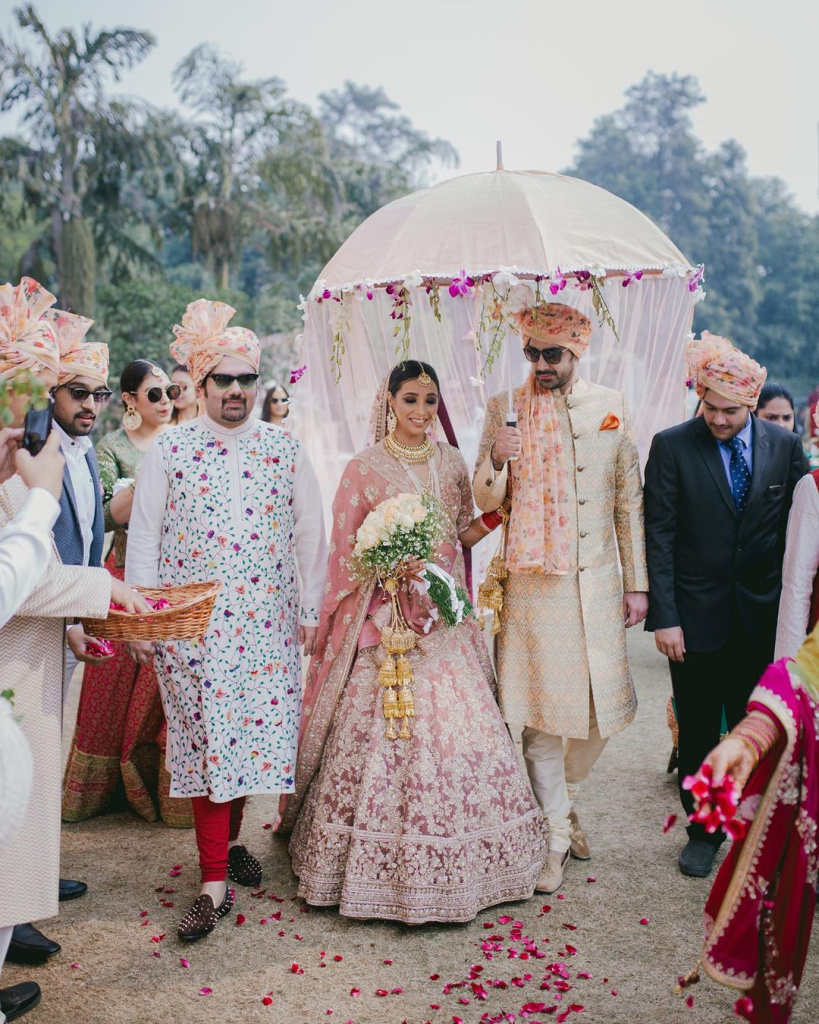
Hindu Wedding Ceremony Order of Events
A Hindu wedding ceremony, known for its rich rituals, often spans several days. It begins with the Ganesh Puja, invoking blessings for a smooth and blessed wedding. The Jaimala, where the bride and groom exchange flower garlands, symbolizes mutual acceptance. The Kanyadaan, a touching moment where the bride is given away by her father, leads to the Mangal Phere, where the couple circles a sacred fire, each round symbolizing a vital aspect of life.
The Saptapadi involves the couple taking seven steps together, each representing a vow and aspect of their future life. The Sindoor, applied to the bride's hair parting, and the Mangalsutra, a necklace the groom places around the bride’s neck, are potent symbols of their marital bond. The ceremony concludes with the Ashirwad, where elders bless the newlyweds, wishing them happiness, prosperity, and longevity. This is followed by vibrant celebrations, featuring music, dance, and feasting, reflecting the joyous nature of the occasion.
Unitarian Universalist Wedding Ceremony Schedule
A Unitarian Universalist wedding ceremony is distinguished by its inclusivity and adaptability, mirroring the couple’s unique beliefs and values. The ceremony starts with a warm welcome to the guests, acknowledging the diversity of beliefs present. Personalized readings and music, often encompassing a variety of spiritual texts, poetry, and prose, add a unique touch.
The heart of the ceremony is the exchange of vows, where the couple often opts to express their commitment in their own words. This is followed by the ring exchange, symbolizing the materialization of their vows. A unity ritual, such as a sand ceremony or handfasting, may be included to visually represent the union of their lives. The ceremony might also include a moment of remembrance for absent loved ones. It concludes with a pronouncement of marriage and a final blessing, celebrating the start of the couple’s shared journey, culminating in a joyful recessional, often accompanied by uplifting music.

Wedding Ceremony Structure FAQs
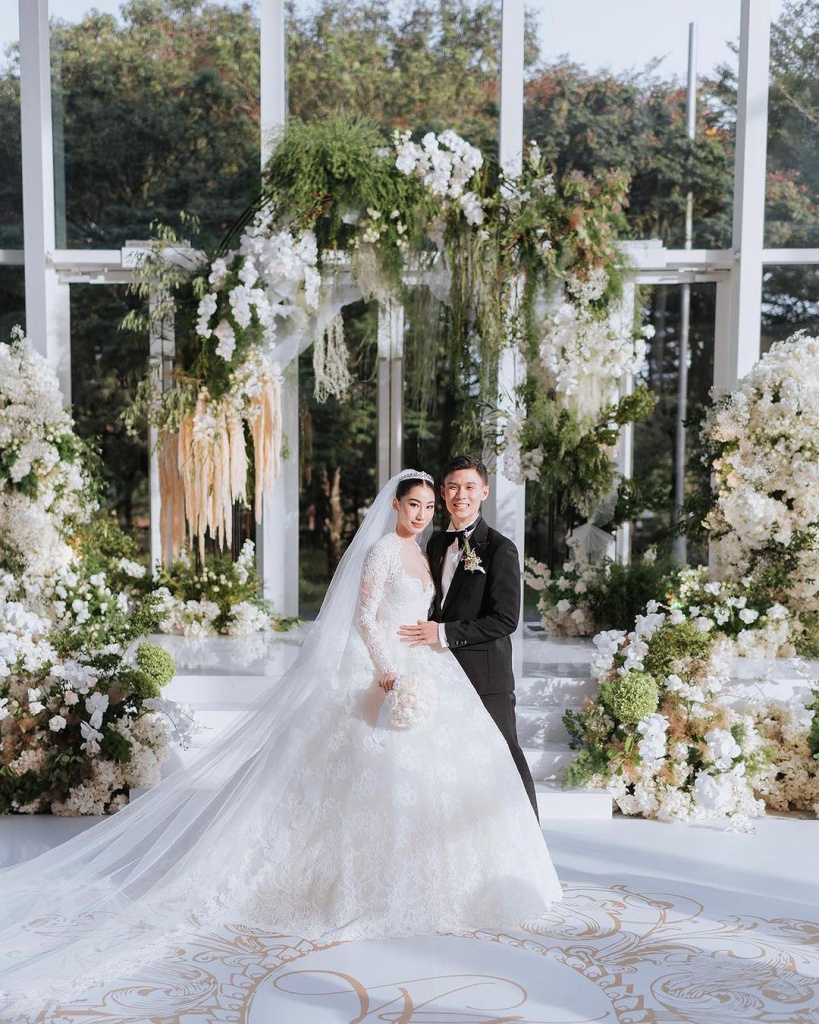
Navigating the intricacies of a wedding service can be complex. Here are some frequently asked questions to help.
How Long Should Each Part of the Ceremony Last?
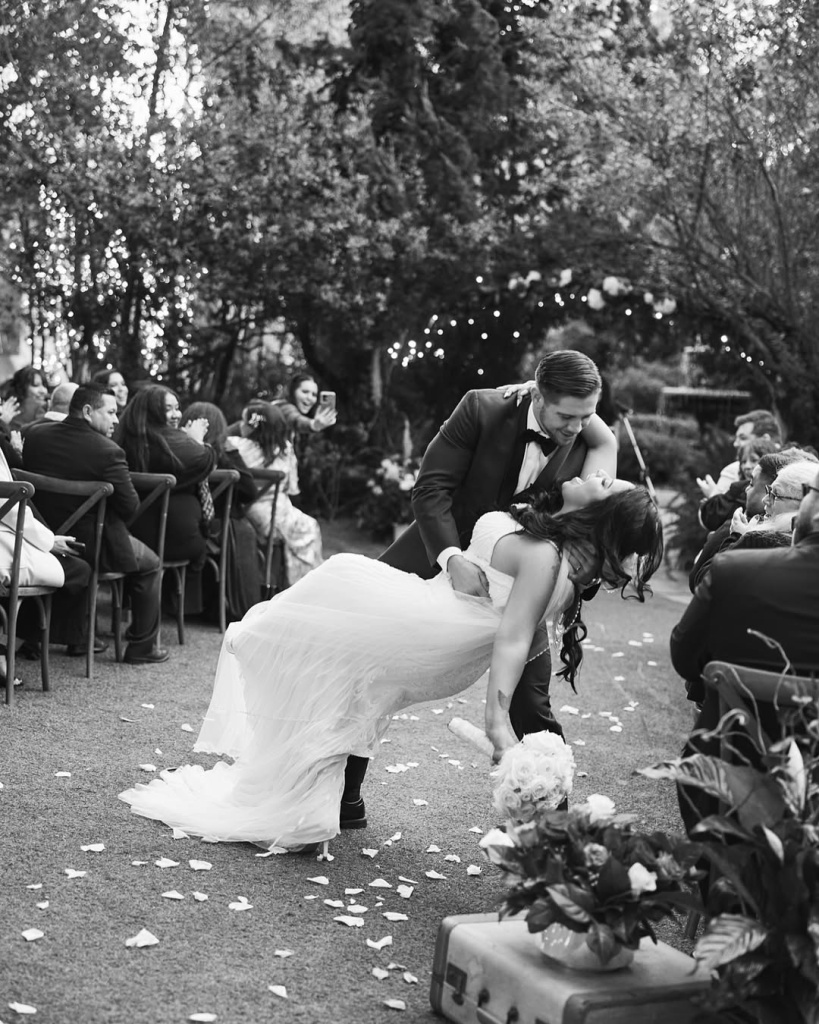
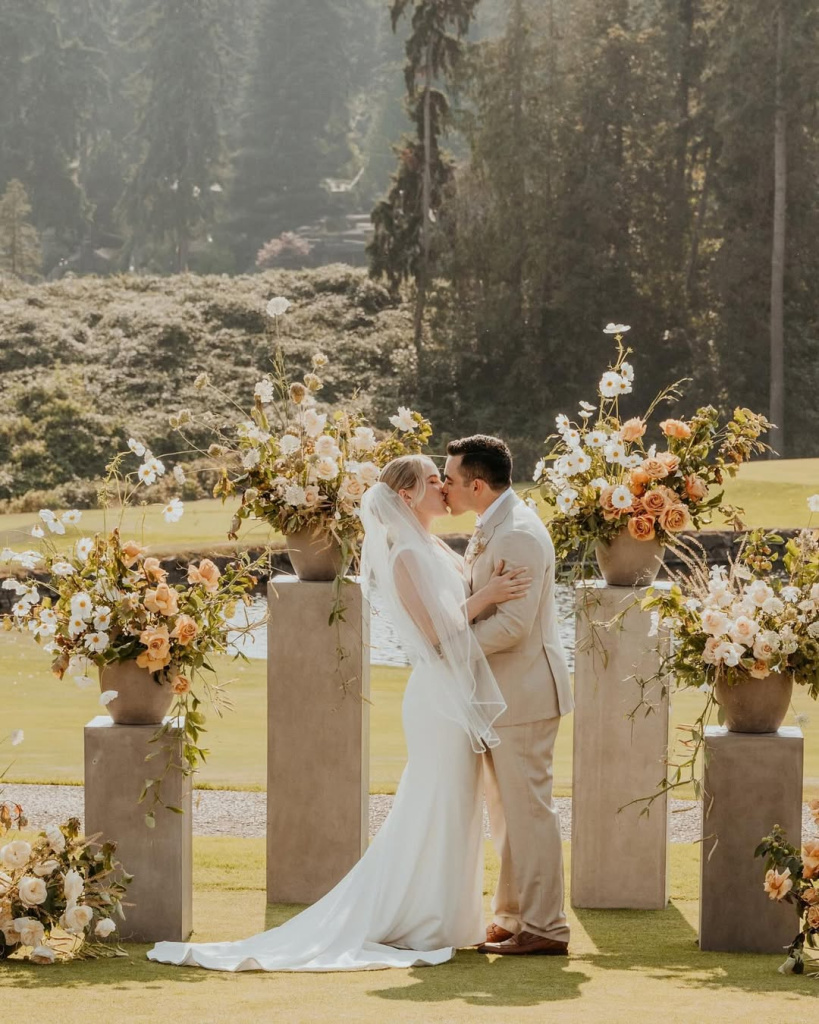
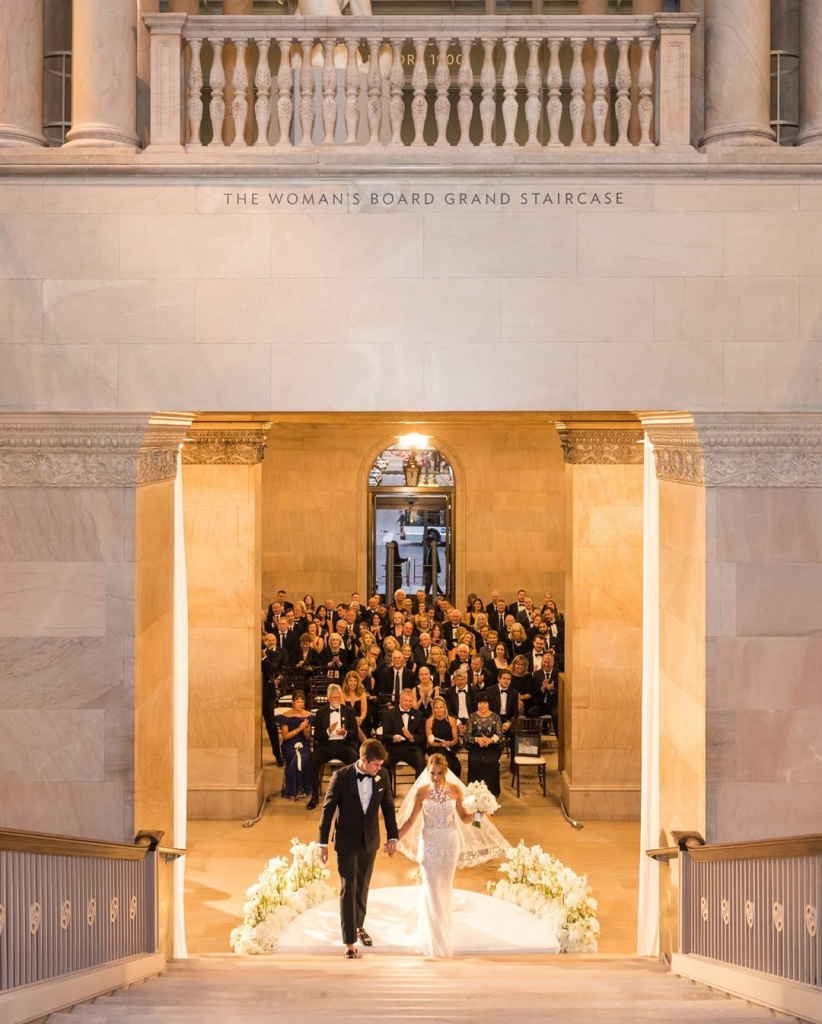
The duration of each segment in a wedding ceremony can vary based on cultural traditions and personal preferences. Generally, the processional may take 5-10 minutes, depending on the number of participants. The welcome and opening remarks usually last about 5-7 minutes. Readings and musical interludes can take 10-15 minutes, allowing for a moment of reflection. The exchange of vows, a deeply personal and emotional part, typically lasts 5-10 minutes, depending on whether the couple chooses traditional or customized vows. The ring exchange is usually brief, about 3-5 minutes. Any special rituals, such as unity ceremonies, can add another 5-10 minutes. The pronouncement and the kiss are quick but memorable moments, often under 5 minutes. Finally, the recessional marks the end of the ceremony, usually lasting about 5 minutes. These times are flexible and can be adjusted to suit the couple's vision for their day.
Can We Personalize Our Ceremony Order?
Absolutely! Personalizing your wedding ceremony is a lovely way to express your special relationship. While traditional frameworks serve as a foundation, many couples like to add their own unique accents. This could involve creating your own vows, including one-of-a-kind readings, or incorporating particular rituals that are essential to you both. Some couples choose to include relatives or friends in various aspects of the ceremony, such as readings or musical performances. The idea is to design a ceremony that reflects your personality and your shared adventure.
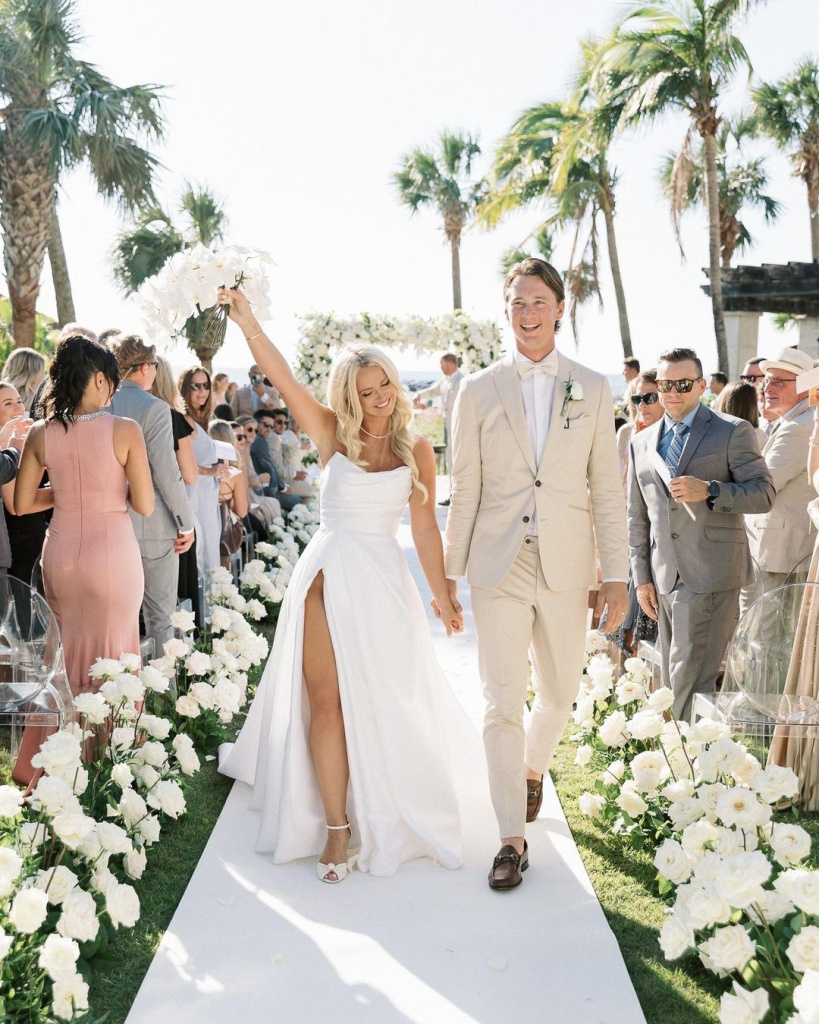
What's the Best Way to Include Family and Friends?
There are many roles they can play, from being part of the wedding party to participating in the ceremony itself. Consider having loved ones deliver readings, perform music, or even officiate the ceremony. Including family traditions or cultural elements can also be a meaningful way to honor your heritage and involve family members. For those who cannot be physically present, technology can allow for virtual participation, or you can include a special mention or tribute to them during the ceremony.
How Do We Choose the Right Readings?
Look for texts that speak to your values, your love story, or your hopes for the future. These can be from literature, religious texts, poetry, or even songs and movies. Some couples choose readings that have been significant in their relationship, while others look for new words that capture their feelings. It's also nice to consider the reader – selecting a piece that holds meaning for them can add an extra layer of significance.
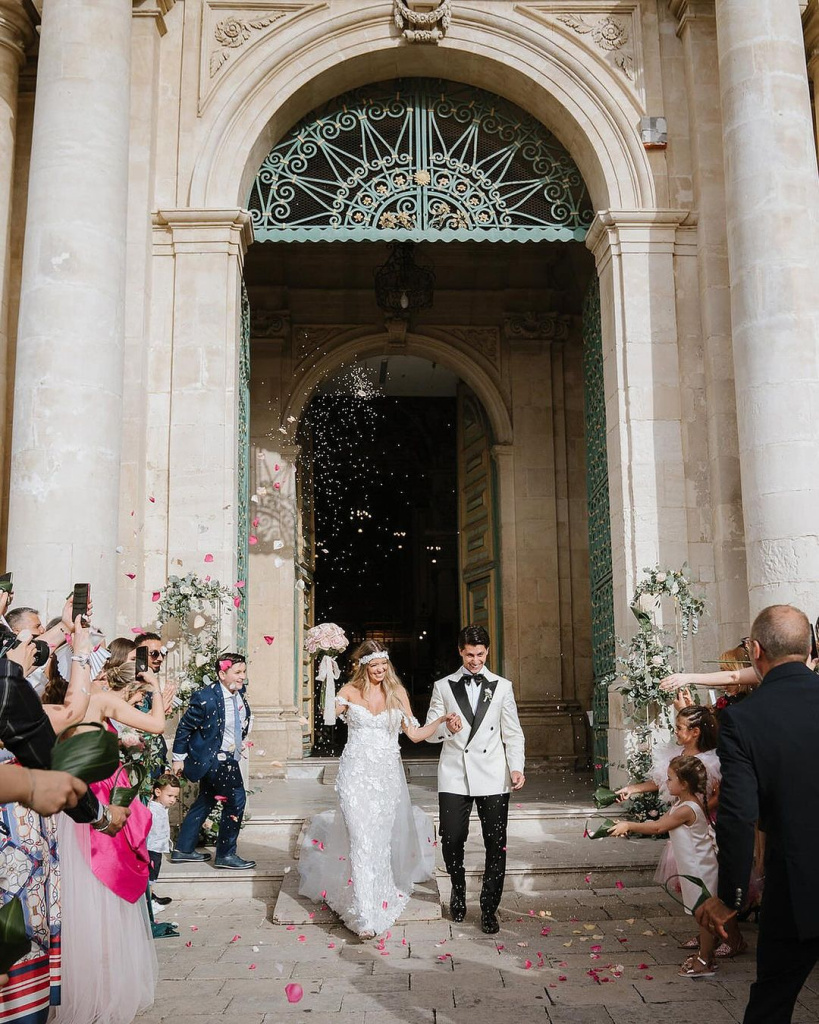
Is It Necessary to Have a Rehearsal?
While not strictly necessary, a rehearsal can be extremely helpful, especially for larger or more complex ceremonies. It gives everyone involved a chance to understand their roles and the flow of the ceremony, reducing stress on the wedding day. A rehearsal can also be a valuable time for the wedding party and family to bond and celebrate together before the event. If you have special elements like unique rituals, a rehearsal ensures that these run smoothly. Even for smaller, simpler ceremonies, a quick run-through can provide peace of mind.











